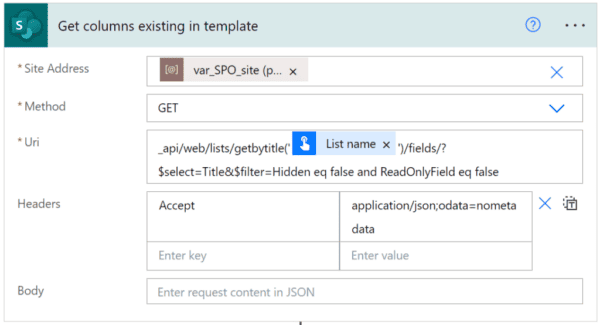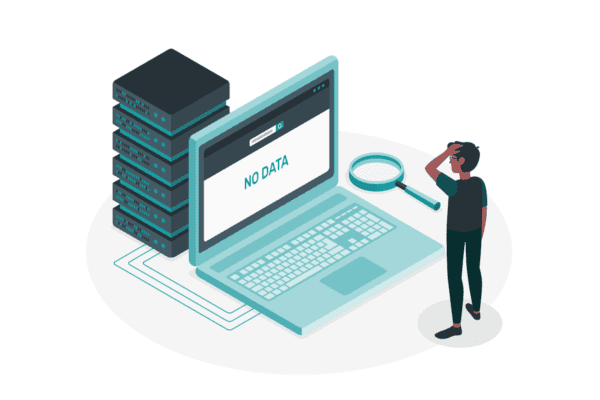In a CIOUpdate.com article entitled Prolific SharePoint Sites
Undermine Governance, technology writer Jake Frazier outlines a
common problem with the growing number of SharePoint customers: the
uncontrolled growth of SharePoint sites, and how it impacts
governance. SharePoint is proliferating in the marketplace, with
KMWorld reporting SharePoint licenses at over 130 million
worldwide. The more sites that are created and the more content
added to your environment, the more difficult it can be to change
course, correct mistakes, and implement a governance model. But the
business value to having a formal governance model in place is
enormous. As Mr. Frazier points out,
“To accomplish the defensible disposal of information, including
information in SharePoint sites, companies must put in place and
enforce a record retention policy that recognizes the three major
reasons to keep information: business value, regulatory
requirements and legal holds.”
The difficult part of building out any kind governance plan is
figuring out where to begin. While the ideal situation is to have a
plan in place from the beginning, it’s just not realistic. Most
organizations adopted SharePoint by trying out the free version
(WSS 2.0 or 3.0), only adopting the enterprise version once users
had adopted the platform. Suddenly, many IT organizations find
themselves trying to clean up, organize, and administer these
systems. What they need is help in building out governance in a
real-time environment. Mr. Frazier outlines two very important
steps in building a plan for taking back control of governance:
Getting executive support. This is essential to
any IT project, but especially with SharePoint governance, as you
may need to enforce certain policies, using both the carrot and the
stick.
Creating a cross-functional taskforce or governance
committee. This is where your governance model is debated,
designed, and approved by stakeholders across your
organization.
What’s the role of governance in your migration strategy? Taking
the time to clean up your environment first, enforcing your
governance strategy within your current (legacy) environment, will
reduce the pain of future migrations. How? By forcing you to know
what is out there. By helping you to clarify your goals for the
platform. By reducing the number of sites to be migrated (through
inactivity, lack of use, or unfinished state). By clarifying
permissions and accountability. By helping you to understand how
your next environment should be architected.
While Mr. Frazier’s two recommendations are essential steps to
taking back control of your SharePoint governance, they are just
the beginning of your migration planning process. Some additional
steps might include:
plans, so that stakeholders and end users alike can provide input,
and help make the resulting plan part of your company culture,
ensuring long-term success.
Understand your usage and activity. Start your
planning with data, so that you better understand who is using
SharePoint, how they are using it, and where there are gaps in your
planning. Prioritize your migration around those teams that rely on
SharePoint for their day-to-day business processes.
Map out your records management policies.
Different departments may have different rules they need to adhere
to, and one set of rules may not apply to everyone. Understanding
these differences can be essential to the success of your future
environment (and end user adoption).
Implement and iterate. Once the plan has been
built and signed off by your executive sponsor, stakeholders, and
end user influencers, begin to implement – making sure you have a
strong change management process in place, so that you can make
changes and adjust your strategy as you learn.
Migrations are complex projects, requiring input from all of your
key stakeholders – not just your IT team. They are phased,
iterative, and error-prone activities, and should be carefully
planned and thoughtfully executed.
Meet Christian at the European SharePoint Conference 2017.











